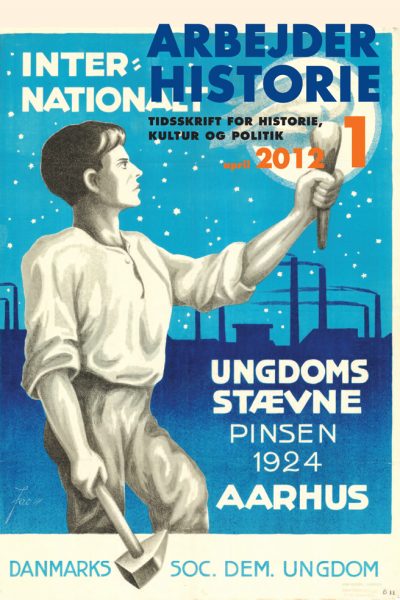Civilreligiøsitet i den danske arbejderbevægelse
1871-1900
DOI:
https://doi.org/10.7146/arbejderhistorie.vi1.144853Resumé
Martin Colerick & Ask Holm: Civil religion in the early Danish Labor Movement, 1871- 1900, Arbejderhistorie 1/2012, s. 31-47.
In the second half of the nineteenth century, the processes of industrialization and urbanization created new social classes that were
the basis for the formation of the Danish labor movement. Another important development was the secularization process, where
religion was replaced by rationality. According to Grace Davies secularization thesis, the religion was not replaced, but the function of
religion in pre-modern societies was transformed. This can be shown using the term civil religion in an analysis of the Danish labor movement. The labor movement seized the opportunity of the decline in Churchbased religion to develop an organization that
offered support not only for the workers in work-related disputes but also provided a social alternative to the Church by using symbols, rituals and activities. The Danish labor movement successfully created civil religious elements by copying religious activities as Christmas parties and funerals and creating their own symbols as the red flag.
These elements provided the labor movement with a frame to involve the workers in social activities, which the labor movement
used to educate and discipline. The labor movement, however, did not become a civil religious organization despite the civil religious
elements.
Downloads
Publiceret
Citation/Eksport
Nummer
Sektion
Licens
Copyright (c) 2012 SFAH og forfatterne

Dette værk er under følgende licens Creative Commons Navngivelse – Ikke-kommerciel – Ingen Bearbejdede Værker (by-nc-nd).


